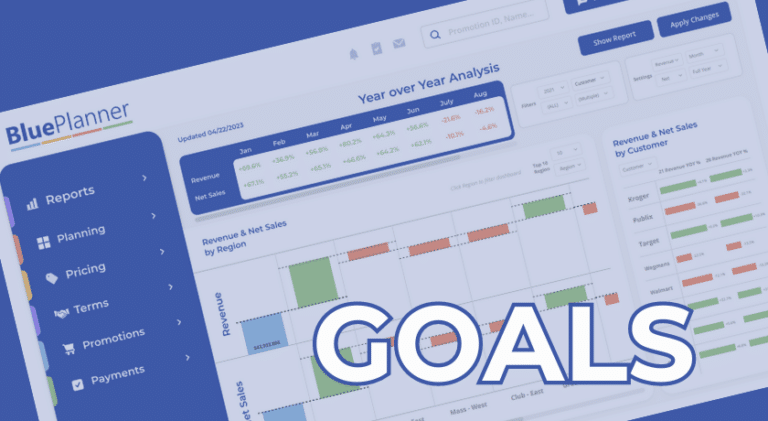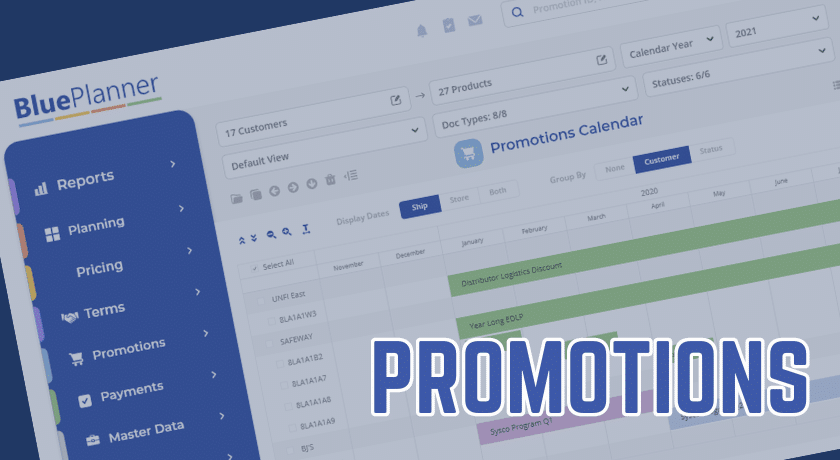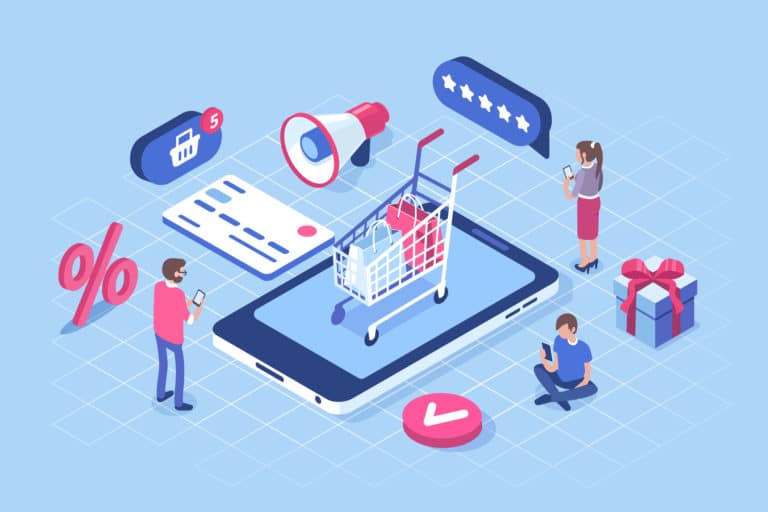

You probably know how expensive promotions are for Fast Moving Consumer Good brands (a dollar value equal to 20% or more of gross revenue), and that only about 40% of them have a positive Return on Investment (ROI). So, we ask the question: “Why do we promote at all?” In this article we examine a few of the reasons why you may be promoting.
Trial is one of, if not the most important reasons to promote. Promotions introduce new products into a shopper’s consideration set and induce them to try the product. Promotions draw attention to your product. Without trial, there is no repeat purchase.
This applies to completely new products and to a product that is new to a geography… said another way, expanding distribution. Promotions should be part of the pitch to add new products and to add distribution in new divisions/banners/regions. Your negotiation should include introductory promotion(s) in the discussion with other customer “requirements” like slotting or free fill.
We want shoppers to only buy our product and only our product. Most, however, have several products in their consideration set. If Brand A is not available or on-deal, they will buy Brand B, or C, or D. Some shoppers, especially during periods of restricted disposable income, will only buy products that are on promotion, actively hunting for deals across brands. Promoting to existing buyers gets you repeat, but practically speaking it isn’t a great investment if you’re just preventing them buying something else or giving them an opportunity to stock up.
If a shopper has a consideration set that includes your product, promotions can get them to switch their purchase. As stated earlier, shoppers will consider multiple products. When you attract shoppers to your product instead of a competitor, the investment you make in the promotion is good. The flip side of this, however, is if the promotion cannibalizes the sale of different pack sizes in your own portfolio. In this case you are only subsidizing the sale of another product’s base volume.
The risk of what happens if you don’t promote is also front and center in decision making. Retailers have a finite number of promotional opportunities. If you do not maintain frequency and type of promotion year over year, chances are you will lose sales, competitors will take the promotion slot, and shoppers will switch their sale to products in their decision set that are promoted. Also, if a product does not meet the retailer’s expectation for velocity, they may threaten discontinuation. Promotion may be the only opportunity to attempt to build velocity and keep distribution.
Brand loyalty is an important objective, but you probably not achieving this to any great degree with any one single promotion. It is best to view this outcome as the result of the consumer’s total experience with your product and brand: How they buy it, and their love for the product and brand. Truly loyal customers are the those that buy the product when it’s not on sale.
Good promotional planning mixes mechanics, maintains brand equity, and aligns to longer-term brand strategies. Doing this well, however, takes investment- whether in people to do it manually or in a business system that adds standardization, structure, and automation to the process. It is, without doubt, an element of the formula for delivering sustainable profit and growth in fast moving consumer goods.
UpClear makes software used by Consumer Goods brands to improve the management of sales & trade spending. Its BluePlanner platform is an integrated solution supporting Trade Promotion Management, Trade Promotion Optimization, Integrated Business Planning, and Revenue Growth Management.



